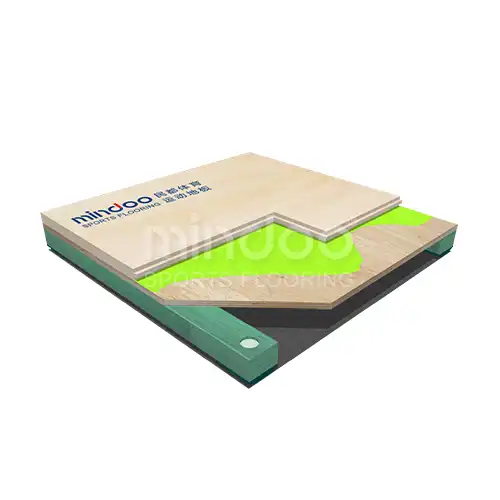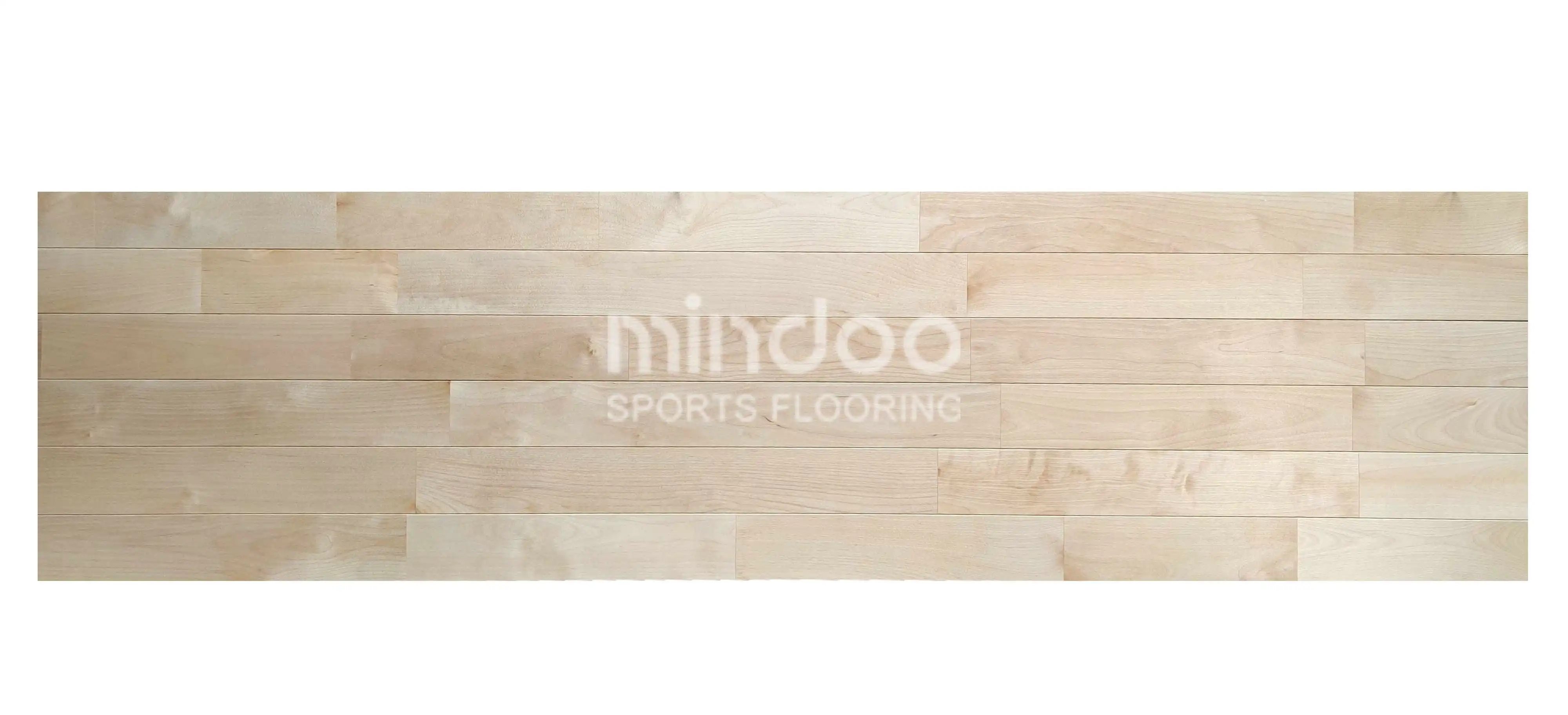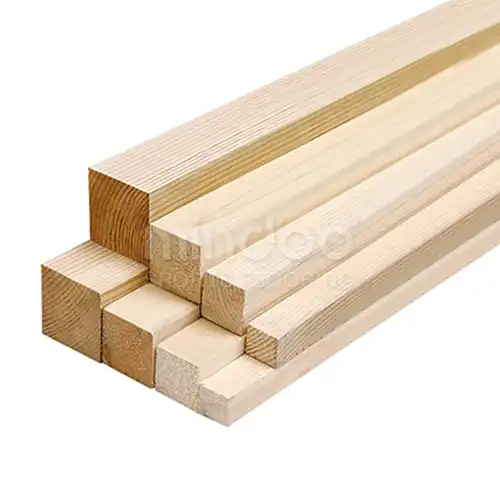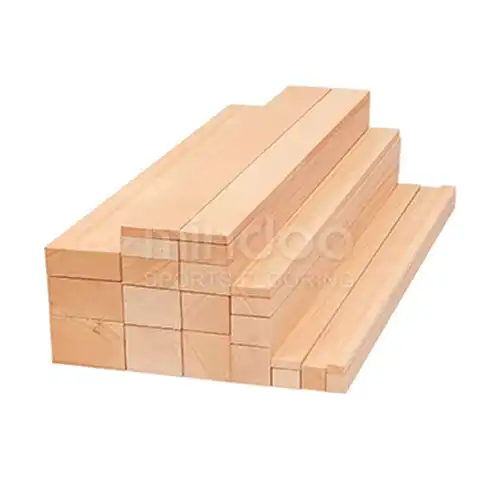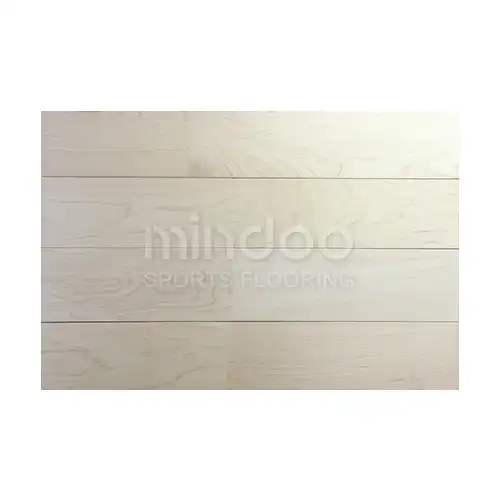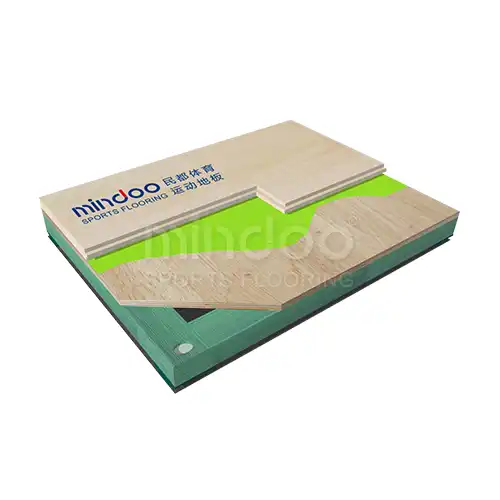Enhancing Durability and Reducing Maintenance Costs: A Path to Boosting the Market Demand for Sports Wooden Flooring
In recent years, sports wooden flooring has gained considerable attention for its ability to provide a safe, durable, and high-performance surface for indoor sports. However, while the demand for such flooring continues to grow, the challenge of reducing maintenance costs and enhancing the longevity of these floors remains a critical factor in shaping the future of this market. By focusing on advancing the durability of sports wooden floors, manufacturers and facility managers can not only extend the lifespan of these installations but also significantly reduce the overall maintenance costs. This, in turn, is expected to lead to an increased market demand. Let’s explore how these strategies can reshape the landscape for sports wooden flooring.

The Challenge: High Maintenance and Short Lifespan
Traditionally, sports wooden flooring has been known for its high initial cost as well as its demanding maintenance needs. The upkeep of these floors typically involves frequent sanding, refinishing, and repair work due to wear and tear, especially in high-traffic areas. These maintenance requirements often lead to hidden costs that can accumulate over time, ultimately deterring potential buyers or owners of sports facilities.
In addition to maintenance, wood floors in sports arenas face harsh treatment. From constant foot traffic and the impact of sports equipment to exposure to varying levels of humidity and temperature fluctuations, these floors are put through the ringer. Over time, this exposure can cause the wood to expand, contract, and even crack, which further exacerbates the need for repairs and refinishing.
Technological Advances: Enhancing Durability
The good news is that technological innovations have paved the way for solutions that address these common issues. New advances in coating technology, wood treatment processes, and flooring construction methods are making sports wooden floors more resilient and less prone to damage.

One notable improvement is the development of advanced protective coatings. These coatings, often made from polyurethane or acrylic-based materials, create a more durable, scratch-resistant surface that can withstand heavy impacts and high traffic. The introduction of UV-cured finishes, for example, enhances the resistance of the floor to fading, scuffing, and staining, which can significantly prolong the floor’s appearance and structural integrity.
In addition, the treatment of the wood itself has seen notable advances. Manufacturers are now able to use methods like heat and chemical treatments to enhance the strength and moisture resistance of the wood. By increasing the wood’s resistance to water damage and wear, these treatments reduce the frequency and cost of repairs, keeping the floor in top condition for longer.
Furthermore, the introduction of hybrid flooring systems, combining wood with synthetic materials, has shown promise in reducing long-term maintenance. These systems are designed to retain the look and feel of traditional hardwood while offering increased durability and easier upkeep. For example, some hybrid systems feature an engineered wood core, which is less susceptible to warping and expansion compared to solid wood. This can drastically reduce the maintenance workload over time.
The Economic Case: Lowering Maintenance Costs
A key factor influencing the demand for sports wooden flooring is the financial aspect. For sports facilities, schools, and recreational centers, maintenance costs can add up quickly, making it a major consideration when choosing the type of flooring. With improvements in durability, the overall cost of ownership for sports wooden floors can be significantly lowered.
By enhancing the floor’s resistance to wear, the need for costly refinishing jobs can be reduced. This can result in considerable savings over time, especially in high-traffic facilities where the flooring undergoes more wear and tear. Additionally, the decreased need for frequent repairs or refinishing means less downtime, allowing sports events and activities to continue uninterrupted. This increase in operational efficiency is a critical factor for many sports centers that rely on consistent usage.

Another way durability impacts cost is through energy savings. Floors that are resistant to moisture and temperature fluctuations require less energy to maintain a comfortable environment in the facility. Since wooden floors are known for their ability to regulate indoor humidity levels, the treatment and improvement of these floors can indirectly lead to more energy-efficient sports facilities.
Market Demand: The Bigger Picture
As maintenance costs decrease and the durability of floors improves, the total cost of ownership for sports wooden flooring becomes more competitive. This is particularly crucial for educational institutions and community centers, where budget constraints often limit their ability to invest in high-quality flooring. By offering more durable and cost-effective solutions, manufacturers can tap into this market, which is highly sensitive to both upfront and ongoing costs.
In addition, the demand for eco-friendly products is rising. Sustainable practices in the production and treatment of sports flooring materials are becoming a selling point for consumers. Floors made from sustainably sourced wood and treated with environmentally friendly coatings are attractive to organizations looking to minimize their carbon footprint. This growing trend toward sustainability adds another layer to the appeal of durable sports wooden flooring, which could drive even greater demand.
